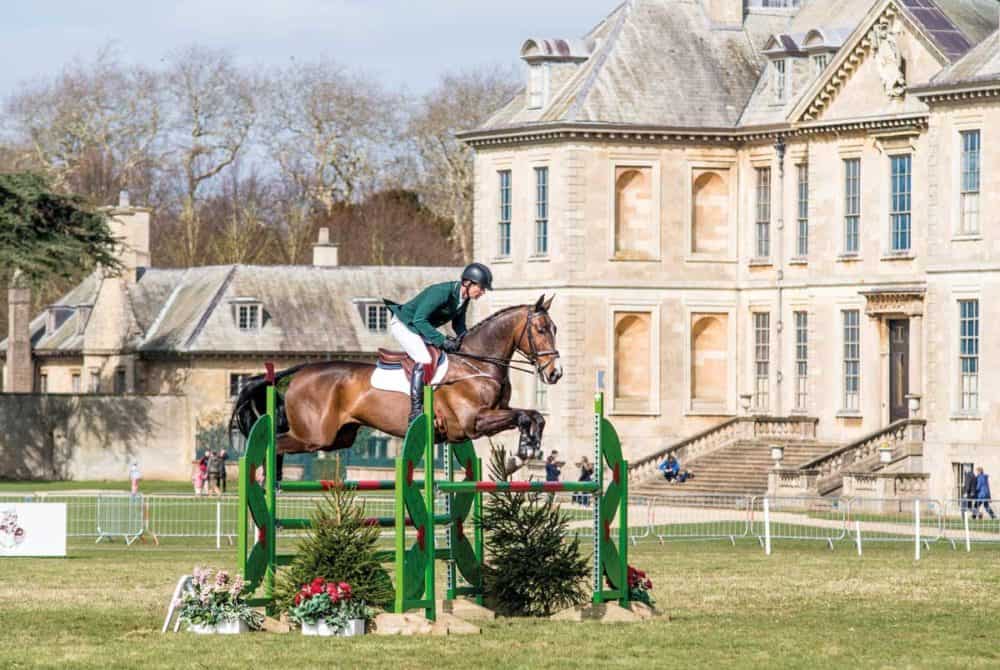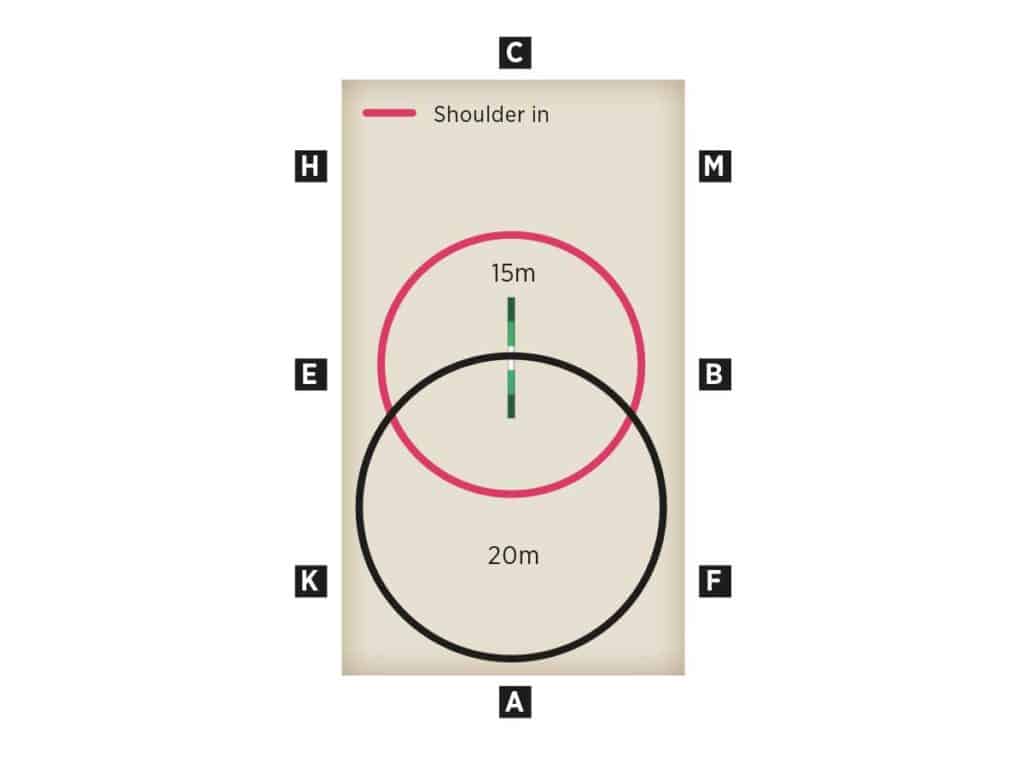How to stop your horse from rushing when jumping
Posted 21st May 2020
Bored of breaking the sound barrier round a course of fences? We’ve got some tips from the top to help you nix your horse’s need for speed

Are you tired of seeing the world whizz by in a blur while you try in vain to hold a line? Does the thought of seeing a stride, rather than just praying and holding tight, sound like a laughable fairy tale? You’re in luck – this month, three of the world’s top eventers are here to help you revolutionise your jumping rounds with their favourite progressive exercises.
Fix it on the flat with Padraig McCarthy
There are various reasons why a horse might rush to a fence. Most often, though, it comes down to one thing – he’s not between his rider’s hand and leg.
My focus with a horse who runs into his fences is to fix that basic level of communication. Start in an active, marching walk and ride a 15m circle, first just asking your horse to move his torso away from your inside leg and create a natural bend without fiddling with your inside rein. Then, increase the complexity of what you’re asking by riding shoulder-in on the circle. Once you’ve mastered this on both reins in walk, repeat the exercise in trot and then in canter. All the while, you should aim to feel that your horse is listening to your inside leg and willing to move away from it.
Now that your horse is on the aids, you can incorporate a pole. A horse who’s inclined to rush fences will usually rush poles, too, but this exercise means you can address the issue with no height and no real stress if he gets it wrong. You can just continue on and let him repeat the lesson.

Place a pole on a 20m circle. A circle of this size allows you to focus on your horse’s reaction to your inside leg, and it helps to balance him, too. While you’re working on this circle, you should prioritise the rhythm – can you count it out in a metronome beat? That’s your primary goal – the pole itself is almost incidental. Any time you feel that he’s beginning to rush, bring back the shoulder-in.
When your horse is cantering nicely over the pole on each rein, add in a canter-trot-canter transition directly opposite it. Remember – rhythm is key, and a great transition comes from your seat, leg and core. Ridden well, this transition reminds your horse to listen to you and prepare for the unexpected, but because you’re still only working over a pole on the ground, he’s less likely to work himself up about the obstacle to come.
When you’re ready to increase the difficulty of the question, raise your pole to cavaletti height and also change the shape of the figure and your approach, creating a more angled turn into the pole so that you’re coming to it on a straight line rather than a curved one. Again, you can use shoulder-in positioning to aid you.
For more top tips to stop your horse rushing from Laura Collett and Michael Jung, get your copy of July Horse&Rider out now










